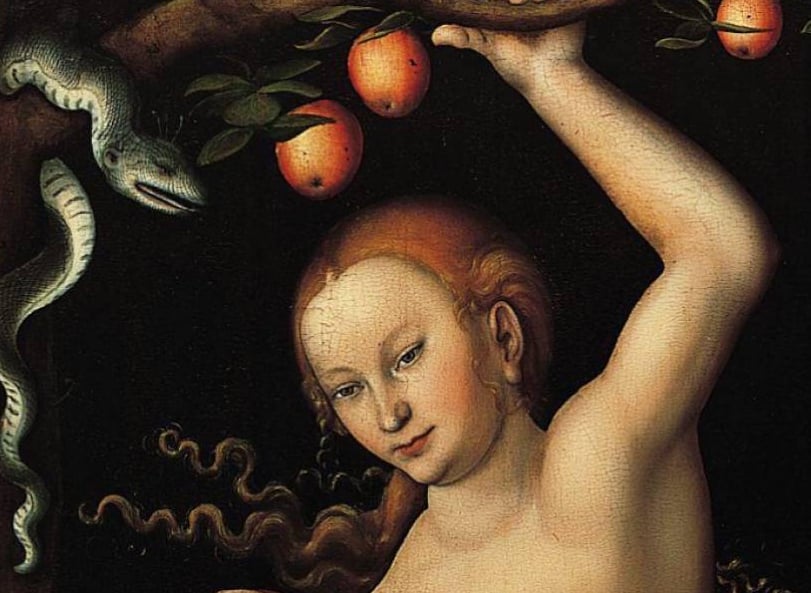
A federal appeals court has confirmed a lower court’s ruling that two contested 16th-century oil-on-panel paintings by Lucas Cranach the Elder will not be returned to the heir of the legendary Dutch Jewish dealer Jacques Goudstikker, but will instead remain in the United States. The July 30th ruling seems to put an end to an 11-year court battle over the Nazi-looted artworks, and means that they will stay in California at the Norton Simon Museum, on view to the public.
The recent decision upholds a ruling made in 2016, which concluded that a US court does not have the power to invalidate a decision made by the Dutch government, which had sold the paintings in 1966. Marei von Saher has been in a long-running legal battle with the museum in Pasadena to reclaim the pair of paintings, which the Nazis seized from the holdings of Goudstikker, her father-in-law, a preeminent Old Masters dealer in Amsterdam with a collection of over 1,200 artworks.
Cranach, the German Renaissance painter, completed the duo of works around 1530. During the invasion of the Netherlands in 1940, Goudstikker tried to escape by ship, but died in an accidental fall; the Cranach paintings were subsequently sold for a fraction of their value to Hermann Göring, one of the most powerful Nazis under Hitler, against the wishes of Goudstikker’s widow.
After the war, allied forces gave hundreds of works that had been seized by Göring to the Dutch government, which later sold the Cranachs to a former Russian prince, George Stroganoff-Scherbatoff. In 1971, he sold them to the billionaire industrialist Norton Simon. According to the ninth US circuit court of appeals, the Netherlands possessed good title under Dutch law when officials initially sold the paintings in the 1960s to Stroganoff-Sherbatoff, and the Goudstikker family did not contest the sale at the time. “The Dutch government acted with authority to convey the paintings after von Saher’s predecessors failed to file a claim,” the judge stated.
Eric Simon, Norton Simon’s grandson and the only family member on the museum’s board, has previously showed support for the heir of the Jewish family. He was voted off the board in May—in large part, he has said, because of his sympathies for the claimant, according to Pasadena Star News.
“We are gratified that the Ninth Circuit has upheld the district court’s decision, based on both the law and the facts, and confirmed that the Norton Simon Art Foundation is the rightful owner of the Adam and Eve panels by Lucas Cranach the Elder,” says Norton Simon Museum. “Today’s decision should finally put this matter to rest, and we look forward to continuing to make these important artworks accessible to the public, as we have since 1971.”
In the ruling, Judge M. Margaret McKeown said that von Saher’s cause of action would invalidate the Netherlands’s internal restitution efforts, which set a 1951 deadline for claims. In a concurring opinion, Judge Kim McLane Wardlaw wrote a pointed statement, according to Courthouse News: “So here we are in 2018, over a decade from the date von Saher filed her federal action, reaching an issue we need not have reached, to finally decide that the Cranachs, which have hung in the Norton Simon Museum nearly 50 years, may remain there.”
In 2006, the Dutch government restored 202 paintings to von Saher. The works were sold at auction the following year for a profit of $10 million. In regards to the decision Lawrence Kaye of Herrick law firm that represented the heir says that von Saher is “disappointed by the Court’s decision and is considering her next steps in her long, frustrating battle to achieve justice in this case.”